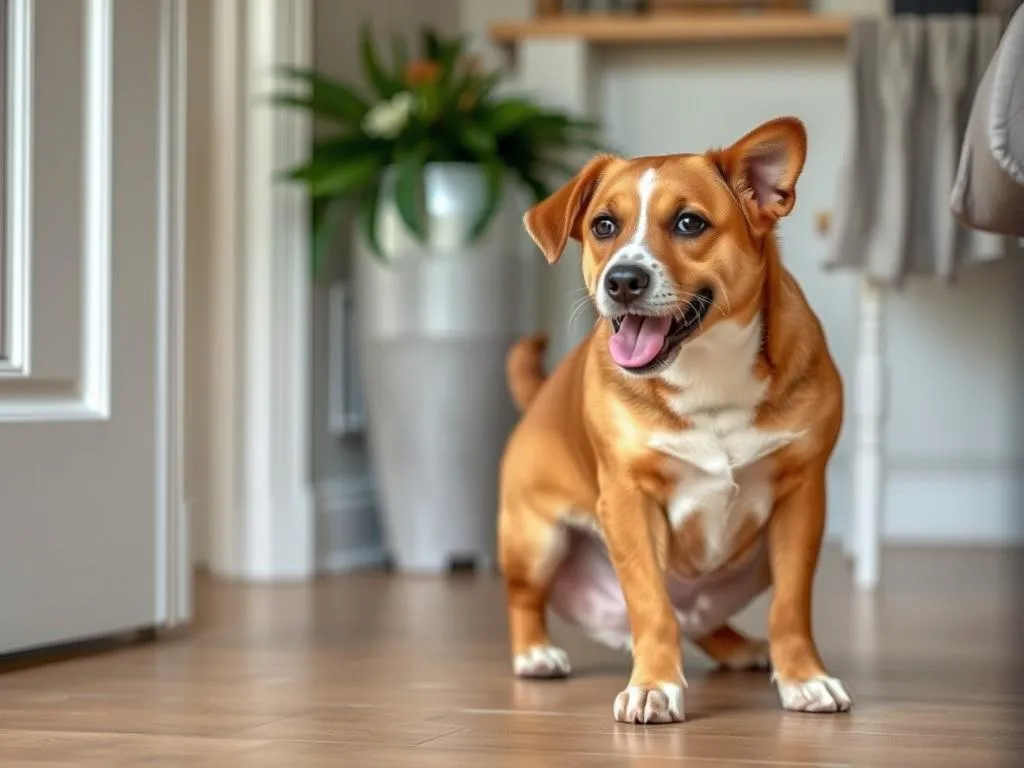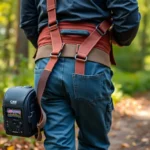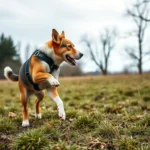
House training a dog is one of the most crucial aspects of pet ownership. Not only does it contribute to a harmonious living environment, but it also fosters a strong bond between you and your furry friend. However, many pet owners face the frustrating issue of indoor urination. Understanding the reasons behind this behavior and how to effectively address it is essential for any dog owner.
Understanding the Problem
Common Causes of Indoor Urination
Medical Issues
Before jumping to behavioral conclusions, it’s vital to rule out medical problems. Conditions such as:
- Urinary tract infections: These infections can cause frequent urination and discomfort.
- Kidney problems: Kidney disease can lead to increased thirst and urination, making accidents more likely.
- Other health-related issues: Things like diabetes or hormonal imbalances may also result in unexpected indoor urination.
If you notice your dog peeing in the house, a visit to the veterinarian is a wise first step.
Behavioral Factors
Behavioral issues are another common cause of indoor urination. Some factors to consider include:
- Anxiety and stress: Dogs can be sensitive to changes in their environment, leading to anxiety-driven behaviors.
- Territorial marking: Male dogs, in particular, may mark their territory by urinating in the house.
- Lack of training or inconsistency: If your dog hasn’t been properly trained, or if there’s inconsistency in your training methods, accidents may occur.
Environmental Triggers
Certain changes in the home environment can also trigger indoor urination:
- Changes in the home environment: Moving to a new home or redecorating can unsettle your dog.
- New pets or family members: The introduction of a new pet or even a new family member can create stress.
- Sudden changes in routine: Dogs thrive on routine, and changes can lead to confusion and accidents.
Signs to Look For
Recognizing the signs that indicate your dog needs to go outside can be helpful in preventing accidents. Look for:
- Frequent urination or signs of discomfort, such as whining or pacing.
- Specific postures or body language indicating a need to relieve themselves.
- Patterns of urination in certain areas of the house, which may suggest preference or anxiety related to those spots.
Prevention Strategies
Proper Training Techniques
Establish a Routine
Creating a regular schedule for potty breaks is one of the most effective strategies in house training. Dogs thrive on routine. To establish a consistent potty schedule:
- Take your dog out at the same times each day, including after meals, playtime, and waking up.
- Observe your dog’s natural patterns and adjust your schedule accordingly.
Positive Reinforcement
Using positive reinforcement can significantly improve your dog’s potty habits. To effectively implement this:
- Reward your dog with treats and praise every time they relieve themselves outside.
- Be sure to deliver the reward immediately after they go to reinforce the behavior.
Creating the Right Environment
Designating a Bathroom Area
Choosing a consistent outdoor spot for your dog to relieve themselves can help:
- Introduce your dog to this area regularly, ensuring they associate it with bathroom breaks.
- Praise and reward them when they use this designated area.
Managing Indoor Space
Preventing access to areas where your dog tends to pee can reduce accidents:
- Use puppy pads in designated areas, but ensure they are placed in locations that are easy for your dog to access.
- Block off areas of the house where your dog has previously had accidents to prevent repeat offenses.
Addressing Accidents
Clean-up Techniques
Effective Cleaning Solutions
When accidents happen, it’s crucial to clean them up properly to prevent repeat behaviors. Use:
- Pet-specific cleaning products designed to eliminate odors.
- DIY solutions, such as a mixture of vinegar and water, which is effective in neutralizing odors.
Removing Triggers
Identifying and addressing the causes behind previous accidents can reduce future incidents. Pay attention to:
- Stressors in the environment that may have triggered the urination.
- Any changes in your dog’s routine or surroundings that may have contributed.
Responding to Accidents
Staying Calm and Collected
It’s essential to respond appropriately when accidents occur:
- Avoid punishing your dog, as this can increase anxiety and exacerbate the problem.
- Instead, redirect their behavior positively by taking them outside immediately after an accident.
Monitoring Progress
Keeping track of your dog’s accidents can help identify patterns:
- Maintain a log of when and where accidents happen.
- Use this information to adjust your training strategies and reinforce positive behaviors.
Advanced Training Techniques
Behavioral Modification
Desensitization Techniques
If your dog experiences anxiety that leads to indoor urination, desensitization can be effective:
- Gradually expose your dog to the triggers causing their anxiety, ensuring this is done in a controlled manner.
- Pair these exposures with positive experiences to help alleviate stress.
Counter-Conditioning
Changing your dog’s emotional response to triggers can also aid in reducing anxiety-driven accidents:
- Identify specific triggers and work to create a positive association with them.
- Use treats and praise to reward calm behavior in the presence of these triggers.
Seeking Professional Help
If you find that your efforts are not yielding results, it may be time to consult a professional:
- A qualified dog trainer or behaviorist can provide tailored strategies and insights.
- Expect professional sessions to include behavioral assessments and customized training plans.
Additional Tips and Best Practices
Building a Connection with Your Dog
Strengthening your bond with your dog can significantly impact their behavior:
- Engage in regular play and exercise to build trust and communication.
- Spend quality time together to enhance your relationship, making training more effective.
Maintaining Patience and Consistency
House training can be a lengthy process, and patience is key:
- Understand that setbacks may occur, but consistency in training will ultimately lead to success.
- Be prepared for a timeline that can vary based on your dog’s age, breed, and individual personality.
Conclusion
Successfully addressing the challenge of how to stop a dog from peeing in the house requires a comprehensive understanding of the underlying causes and effective training strategies. By focusing on proper training techniques, creating a conducive environment, and responding appropriately to accidents, you can help your dog learn the desired behaviors. Remember, a loving and supportive atmosphere is crucial for your dog’s development. With patience and consistency, you can transform your home into a pee-free zone and nurture a healthier relationship with your canine companion.









